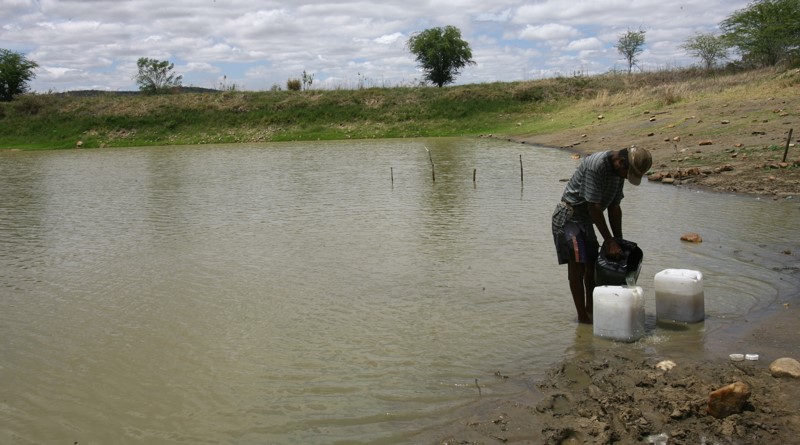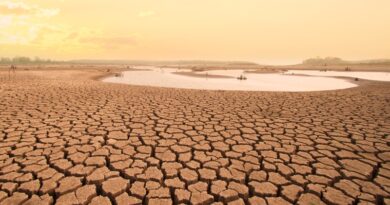Internal displacement grows globally due to floods, droughts; India among top crisis-hit countries

Extreme weather-related events such as droughts, floods and storms led to an increase in internal displacement across the world during 2020. India was at the fourth spot in a list of countries that saw the most number of displacements due to weather-related events. China, with 5 million displacements led the list, followed by the Philippines and Bangladesh at around 4.4 million each.
The total number of people living in internal displacement reached a record 55 million by the end of 2020, an year marked by intense storms and persistent conflict. Floods and storms were responsible for as much as 98 per cent of all disaster displacement, a new report by Internal Displacement Monitoring Centre (IDMC) has said.
During 2020, conflict and disasters triggered 40.5 million new internal displacements across 149 countries and territories, said the IDMC’s Global Report on Internal Displacement (GRID) 2021.
“There were 3.9 million new disaster displacements in India in 2020, the result of a combination of increasing hazard intensity, high population exposure and high levels of social and economic vulnerability. Most displacements took the form of pre-emptive evacuations before Cyclone Amphan made landfall in May 2020. Amphan triggered more than 2.4 million evacuations in West Bengal and Odisha. Cyclone Nisarga prompted another 170,000 evacuations in the western states of Maharashtra and Gujarat just two weeks later. Such extreme weather events are no longer exceptional, and severe cyclones are only expected to increase in number and intensity on both the east and west coasts of the Indian subcontinent”, noted the IDMC report.
Every year, India has some of the highest levels of disaster displacement in South Asia and globally. The majority of the displacements are triggered by flooding during the monsoon seasons. The country is also prone to other sudden and slow-onset hazards including earthquakes, tsunamis, cyclones, storm surges and drought.
During 2020, only 3900 people were replaced in India due to conflict and violence.
“It is particularly concerning that these high figures were recorded against the backdrop of the Covid-19 pandemic, when movement restrictions obstructed data collection and fewer people sought out emergency shelters for fear of infection,” said IDMC Director Alexandra Bilak.
Escalating violence and the expansion of extremist groups in Ethiopia, Mozambique and Burkina Faso fuelled some of the world’s fastest growing displacement crises, said the annual global report. Long-running conflicts, such as those in the Democratic Republic of the Congo, Syria and Afghanistan, also continued to force large numbers of people to flee.
A convergence of conflict and disasters led many people to be displaced for a second or even third time, increasing and prolonging their vulnerability. Many of those who fled flooding in Yemen had already been uprooted at least once by the country’s civil war.
The number of people living in internal displacement worldwide has been rising steadily for more than a decade. It reached a record high as of December 31, 2020, when there were more than twice as many internally displaced people (IDPs) than refugees. Forty-eight million people have fled conflict and violence, and seven million disasters, but given the incomplete data the latter is likely to be a significant underestimate.
This year’s Global Report on Internal Displacement (GRID 2021) focuses on our changing climate. Rising temperatures are increasing the intensity and frequency of weather-related hazards, but climate change is not the only factor that drives displacement risk. Many more years of data are needed to draw a direct link.
There have been significant advances in the development of national and regional policies, and global attention on the issue is growing. Countries are beginning to invest in proactive measures, such as planned relocation and community-led initiatives to reduce displacement risk. Filling the data gaps will be critical to support these efforts and to make the case for more flexible and predictable funding.
“Today’s displacement crises arise from many interconnected factors, including climate and environmental change, protracted conflicts and political instability. In a world made more fragile by the Covid-19 pandemic, sustained political will and investment in locally-owned solutions will be more important than ever,” said Bilak.



